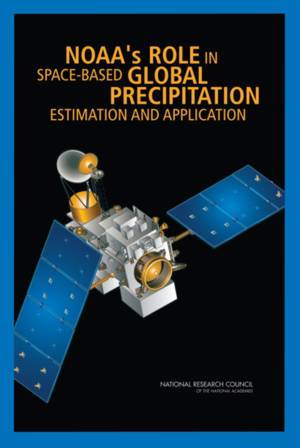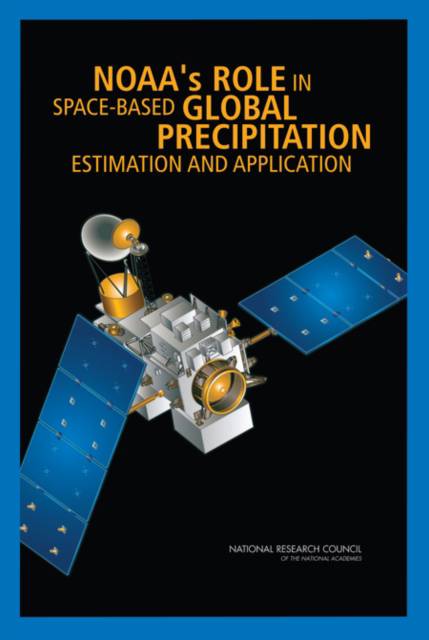
- Afhalen na 1 uur in een winkel met voorraad
- Gratis thuislevering in België vanaf € 30
- Ruim aanbod met 7 miljoen producten
- Afhalen na 1 uur in een winkel met voorraad
- Gratis thuislevering in België vanaf € 30
- Ruim aanbod met 7 miljoen producten
Zoeken
Noaa's Role in Space-Based Global Precipitation Estimation and Application
National Research Council, Division on Earth and Life Studies, Board on Atmospheric Sciences and Climate, Committee on the Future of Rainfall Measuring Missions
Paperback | Engels
€ 69,95
+ 139 punten
Omschrijving
The National Oceanic and Atmospheric Administration (NOAA) uses precipitation data in many applications including hurricane forecasting. Currently, NOAA uses data collected from the Tropical Rainfall Measuring Mission (TRMM) satellite that was launched in 1997 by NASA in cooperation with the Japan Aerospace Exploration Agency. NASA is now making plans to launch the Global Precipitation Measurement (GPM) mission in 2013 to succeed TRMM, which was originally intended as a 3 to 5 year mission but has enough fuel to orbit until 2012. The GPM mission consists of a "core" research satellite flying with other "constellation" satellites to provide global precipitation data products at three-hour intervals. This book is the second in a 2-part series from the National Research Council on the future of rainfall measuring missions. The book recommends that NOAA begin its GPM mission preparations as soon as possible and that NOAA develop a strategic plan for the mission using TRMM experience as a guide. The first book in the series, Assessment of the Benefits of Extending the Tropical Rainfall Measuring Mission (December 2004), recommended that the TRMM mission be extended as long as possible because of the quality, uniqueness, and many uses of its data. NASA has officially extended the TRMM mission until 2009.
Specificaties
Betrokkenen
- Auteur(s):
- Uitgeverij:
Inhoud
- Aantal bladzijden:
- 142
- Taal:
- Engels
Eigenschappen
- Productcode (EAN):
- 9780309102988
- Verschijningsdatum:
- 13/04/2007
- Uitvoering:
- Paperback
- Formaat:
- Trade paperback (VS)
- Afmetingen:
- 152 mm x 229 mm
- Gewicht:
- 244 g

Alleen bij Standaard Boekhandel
+ 139 punten op je klantenkaart van Standaard Boekhandel
Beoordelingen
We publiceren alleen reviews die voldoen aan de voorwaarden voor reviews. Bekijk onze voorwaarden voor reviews.








